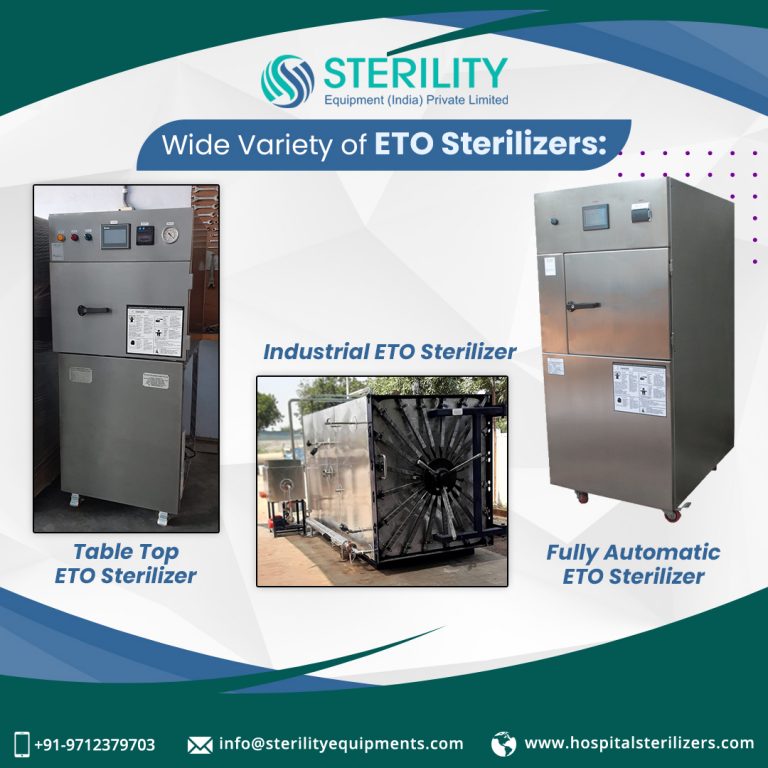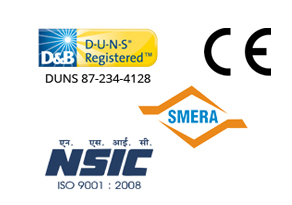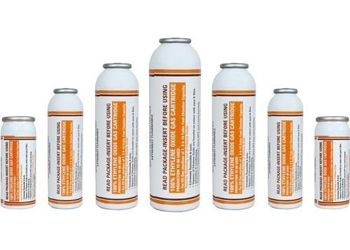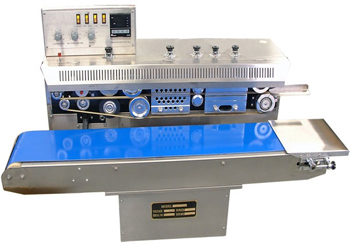In environments where sterile processing integrity is critical – such as medical device manufacturing, pharmaceutical packaging and surgical instrument sterilization – the ability to trace every step of the process is essential. With ethylene oxide sterilizers (commonly referred to as ETO sterilizers) serving as a standard for sterilizing temperature-sensitive products, the integration of digital logging has revolutionized process traceability, data retention and compliance monitoring.
Modern ethylene oxide gas sterilization systems are not only designed to sterilize effectively but also to provide robust data logging capabilities. These capabilities ensure that each sterilization cycle is traceable to a specific customer ID, product type and set of sterilization parameters. This article explores how digital systems built into ETO sterilizer machines facilitate such tracking, ensuring both operational efficiency and regulatory compliance.
Requirement for Digital Logging in ETO Sterilization
In sterilization environments, documentation is not a formality – it is a regulatory requirement. Agencies worldwide, including ISO and FDA, mandate detailed tracking of every sterilization batch. Digital logging helps meet these standards by automating the capture and storage of critical process data.
Key purposes of digital logging include:
- Traceability: Linking each sterilization cycle to a unique customer ID and product recipe.
- Accountability: Providing real-time monitoring and alerts during processing.
- Verification: Ensuring set parameters are maintained throughout the ethylene oxide sterilization process.
- Audit readiness: Producing tamper-proof, timestamped records for regulatory review.

Without a digital system, manual entry can introduce human error and delay batch approval, compromising both efficiency and product safety.
Initiating the ETO Sterilizer Cycle with Digital Inputs
Before starting any cycle, the operator selects the relevant product recipe – a predefined set of parameters such as temperature, humidity, gas concentration and exposure duration. This selection links directly to the customer ID and product type through a user-friendly Human Machine Interface (HMI).
Operators may:
- Browse a list of saved recipes categorized by product type or customer.
- Confirm or modify pre-loaded parameters.
- Validate the batch ID associated with the product.
These actions trigger a digital timestamp and user authentication, ensuring that every sterilization event is securely logged and linked to the responsible personnel.
Client Speaks
“Good machine and service“
Digital Monitoring of Key ETO Sterilization Phases
Modern ETO sterilizer machines are segmented into multiple automated phases, each monitored digitally for compliance and safety. As the cycle progresses, critical process values are continuously recorded and compared to tolerance ranges defined in the recipe.
Key phases include:
- Cycle Start Delay: Ensures stable environmental conditions before processing.
- Chamber Temperature Verification: Confirms baseline temperature before gas introduction.
- Initial Vacuum Phase: Removes air for better gas penetration.
- Leak Rate Test: Ensures chamber integrity.
- Dynamic Environmental Conditioning (DEC): Stabilizes humidity and temperature.
- ETO Gas Injection: Precisely metered dosing of ethylene oxide gas sterilizer systems.
- Dwell Time Monitoring: Ensures product is exposed for the full validated period.
- Final Air Admission and Wash: Clears residual gas for safety.
During each step, process variables like chamber pressure, gas concentration and vacuum integrity are logged in real time. If a deviation occurs, alarms are triggered and an auto batch release function may halt the cycle automatically – logging the fault condition without requiring manual intervention.
ETO Sterilizer: Batch Identification and Digital File Management
Once a batch is completed, a full-cycle report is automatically generated. This report includes:
- Operator ID and login timestamp
- Product and recipe identifiers
- Start and end times
- Alarms, deviations and corrective actions
- Phase-wise pressure, temperature and gas metrics
- Batch release status
The system supports electronic archiving of all batch files. These files are searchable using criteria such as:
- Batch ID
- Customer Name
- Recipe Name
- Product Type
- Start/Stop Time
Such precision allows rapid retrieval during internal reviews or external audits, significantly reducing the administrative burden.
Testimonial
“We are very Happy with the ETO Machine & its working trouble free. After sales service is Excellent. We experienced it during the installation. However, the product never gave us opportunity to even disturb the supplier once. Will definitely recommend the buyers to go with “Sterility Equipment (India) Private Limited.’. Proud to be his customer & mind well. This review is genuine & not biased or influential. One must follow the Manufacturer Do’s & Don’ts especially distilled water must be used for the ETO right from day one.”
The Role of Automated Tolerance Checks and Batch Release
A vital function of modern ETO sterilizer systems is their capability to perform automatic tolerance validation. If all parameters fall within set limits throughout the cycle, the system can authorize batch release without manual inspection.
This capability is critical in high-throughput environments. It:
- Minimizes human dependency
- Reduces turnaround times
- Ensures process consistency
- Enhances traceability and record-keeping
If discrepancies are detected, the batch is flagged and detailed diagnostic data is made available to quality control personnel for further investigation.
User Authentication and Access Control in ETO Gas Sterilization
To ensure integrity in data logging, ETO systems implement role-based access. This feature restricts critical functions like recipe modification, batch deletion or tolerance changes to authorized users only.
Digital records include:
- User login/logout history
- Access privileges
- Changes made to system settings
These logs act as a digital chain of custody for the entire ethylene oxide gas sterilization process, fulfilling stringent compliance standards for traceability and data security.
Conclusion
Digital logging in ethylene oxide sterilizers has become a foundational feature in modern sterilization practices. By tracking customer IDs, product types, operator actions and process parameters with precision, these systems offer unmatched traceability, efficiency and compliance readiness. Whether the application is in healthcare, biotechnology or medical manufacturing, the digital ecosystem surrounding ETO for sterilization ensures safe, efficient and accountable operation – every time.







